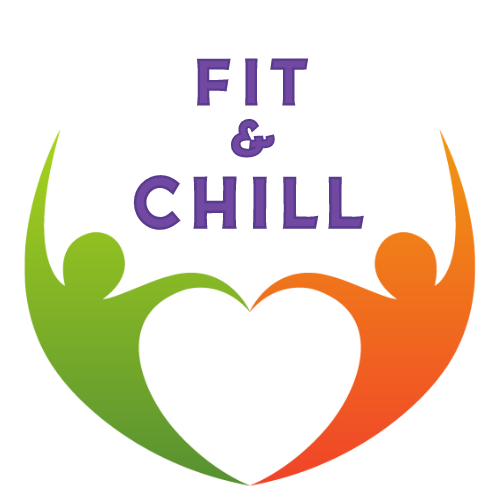Step by Step Guide
- Starting Position:
- Begin in a high plank position with your hands directly under your shoulders and your body forming a straight line from head to heels.
- Engage your core muscles by drawing your navel towards your spine and bracing your abdominals.
- Keep your feet hip-width apart and your toes pressing into the ground for stability.
- Maintain Alignment:
- Ensure that your body is in a straight line from head to heels, with no sagging or arching in the back.
- Keep your neck in line with your spine, looking down towards the ground to maintain a neutral spine position.
- Hold the Position:
- Hold the high plank position for the desired duration, focusing on maintaining proper form and stability throughout.
- Keep your core muscles engaged and your breathing steady throughout the hold.
- Focus on Breathing:
- Take slow, deep breaths in and out as you hold the plank position, focusing on relaxing any tension in your body.
- Avoid holding your breath, as this can increase tension and fatigue.
- Monitor Fatigue:
- Pay attention to any signs of fatigue or loss of form, such as shaking in the arms or dropping of the hips.
- If you start to lose form, it’s better to take a short rest and reset your position rather than continuing with poor form.
- Gradually Increase Duration:
- As you become stronger and more comfortable with the plank hold, gradually increase the duration of your holds to challenge yourself further.
- Aim to work up to holding the plank position for 30 seconds to 1 minute or longer, depending on your fitness level and goals.
Benefits of The Plank Hold
- Core Strengthening: The plank hold targets the entire core musculature, helping to strengthen the abdominals, obliques, and deep stabilizing muscles.
- Improved Posture: Holding a plank position promotes proper alignment and posture, reducing the risk of lower back pain and improving overall spinal health.
- Increased Stability: The plank hold engages stabilizing muscles throughout the body, including the shoulders, chest, and hips, which can help to improve overall stability and balance.
- Functional Strength: The plank hold translates to real-life movements and activities, helping to improve functional strength and performance in daily activities and sports.
Tips for Beginners:
- Start with Short Holds: Beginners should begin with shorter holds, aiming for 10-20 seconds initially, and gradually increase the duration as strength improves.
- Focus on Form: Concentrate on maintaining proper form and alignment throughout the plank hold, with a strong emphasis on core engagement and stability.
- Modify as Needed: If holding a high plank position is too challenging, beginners can start with a modified plank on their knees until they build up enough strength to perform the full plank hold.
- Listen to Your Body: If you experience any discomfort or strain, stop the exercise and reassess your form before continuing.



Leave A Comment